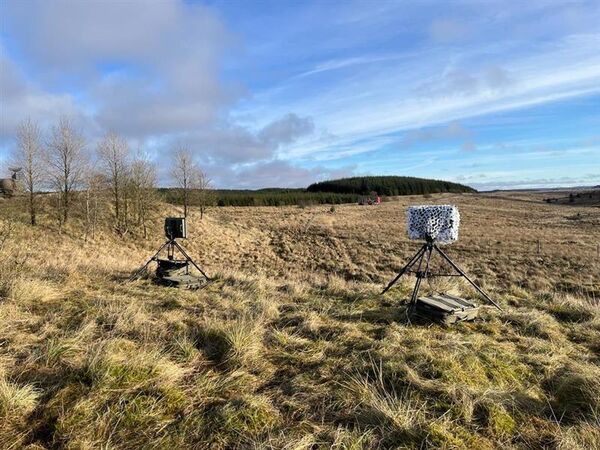
The UK has signed a contract with Elbit Systems UK for up to 130 ground-based surveillance radars. (Elbit Systems UK)
The UK will receive new ground-based surveillance radars (GBSRs) to bolster its front-line threat-detection capabilities following a contract signed with Elbit Systems UK.
Under the contract, Elbit Systems UK will deliver 90 GBSR systems between 2023 and 2024, with an option for an additional 40 systems, the company announced on 23 May.
The portable GBSR systems are designed to detect, track, and classify targets moving on or close to the ground using digital signal-processing capabilities. The UK will receive customised radars fitted with an optimised stabilisation unit and capture software to allow operator performance to be analysed. Open-architecture software upgrades will also be installed to facilitate integration with existing and future Ministry of Defence (MoD) systems.
In April 2021 the UK MoD published a tender for ‘The Procurement and Support of Ground Based Surveillance Radars (GBSR)'. The tender stipulated a requirement for “soldier-borne, low-power, 24/7 all-weather ground-based surveillance radar[s], with the ability to categorise moving vehicles and personnel and to detect and correct artillery fall of shot”. Up to 130 systems would be procured for GBP20–25 million (USD25–31 million).
Leonardo's Manportable Surveillance and Target Acquisition Radar (MSTAR) Mk IV radar will be replaced with the GBSR, with an anticipated in-service date of the first quarter of 2023, according to the tender.
Royal Artillery fire support teams, Light Cavalry, and Royal Air Force (RAF) Force Protection units will receive the systems.
Looking to read the full article?
Gain unlimited access to Janes news and more...
